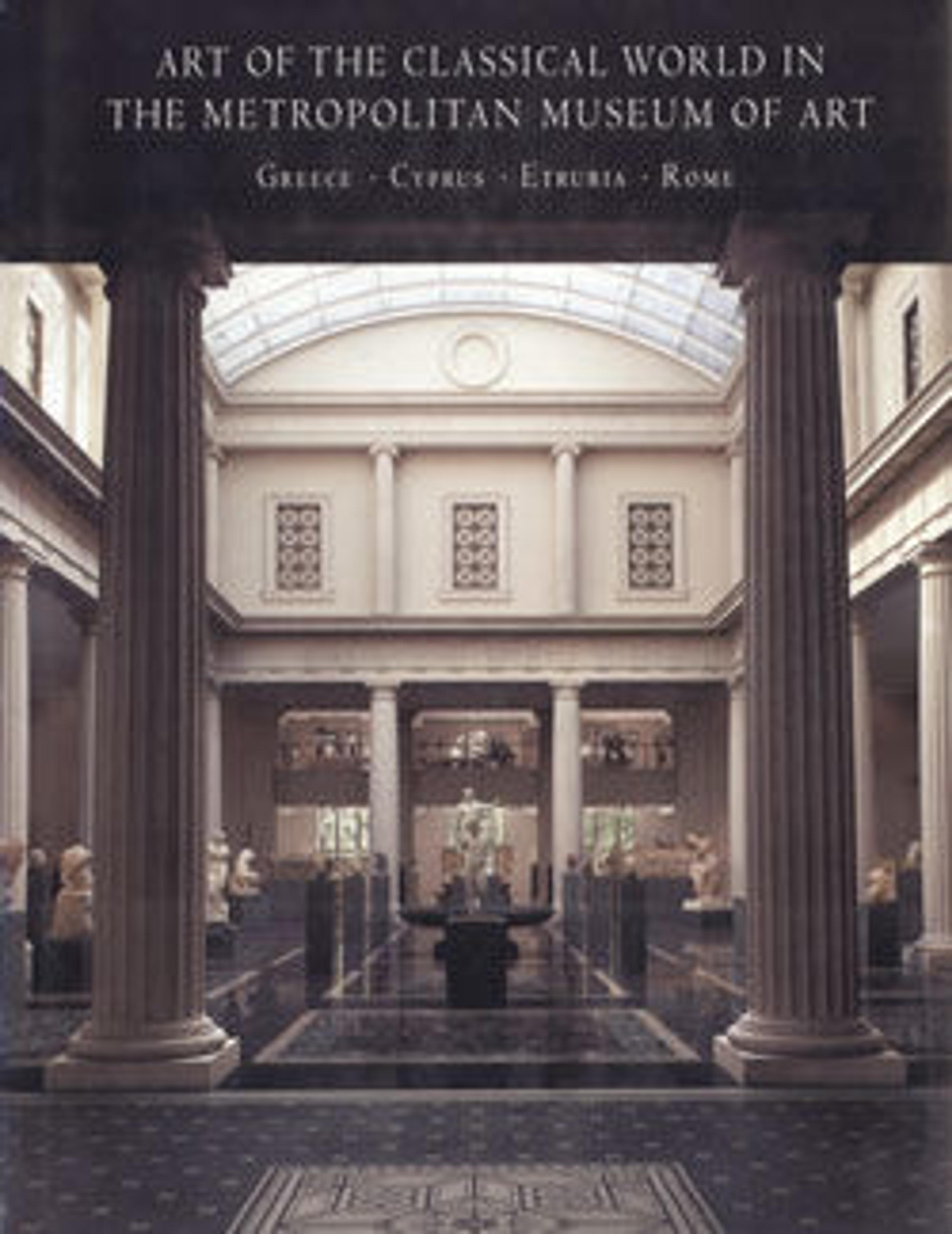Bronze grotesque
Since its discovery in 1727, this figure's identity has been debated. His disproportionately large head has a prominent nose, canines and whites of the eyes originally inlaid in silver, and hair and a beard once rendered in a matte black metal inlay. The circular area on the back of his head may have been for an attached curl of hair. The close-fitting garment reveals his misshapen body, and he wears sandals. Prevailing scholarly opinion has called the figure a mime and dated it to the first century B.C./A.D. A recent suggestion is that he is a caricature of an Alexandrian pedant, datable in the early second century B.C.
Artwork Details
- Title: Bronze grotesque
- Period: Hellenistic
- Date: 2nd century BCE–1st century CE
- Culture: Greek
- Medium: Bronze
- Dimensions: Overall: 4 x 1 1/4 x 7/8 in. (10.2 x 3.2 x 2.2 cm)
- Classification: Bronzes
- Credit Line: Rogers Fund, 1912
- Object Number: 12.229.6
- Curatorial Department: Greek and Roman Art
More Artwork
Research Resources
The Met provides unparalleled resources for research and welcomes an international community of students and scholars. The Met's Open Access API is where creators and researchers can connect to the The Met collection. Open Access data and public domain images are available for unrestricted commercial and noncommercial use without permission or fee.
To request images under copyright and other restrictions, please use this Image Request form.
Feedback
We continue to research and examine historical and cultural context for objects in The Met collection. If you have comments or questions about this object record, please contact us using the form below. The Museum looks forward to receiving your comments.
